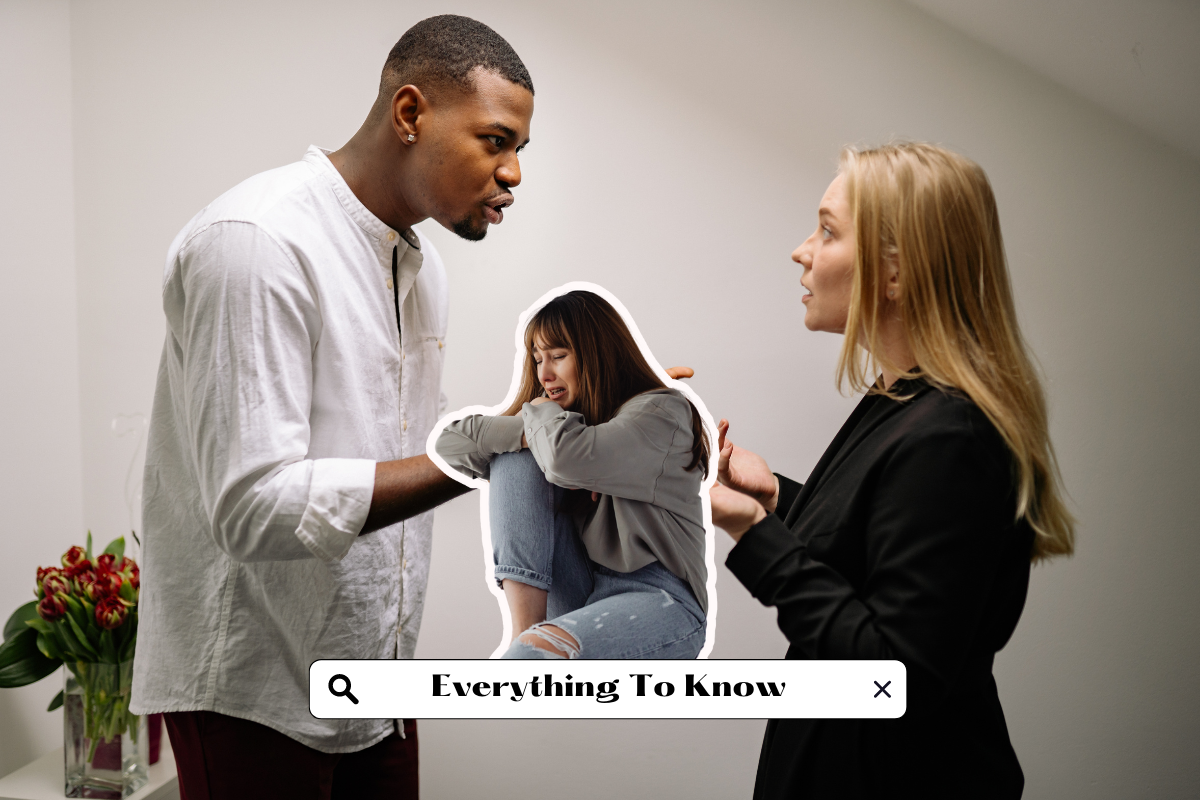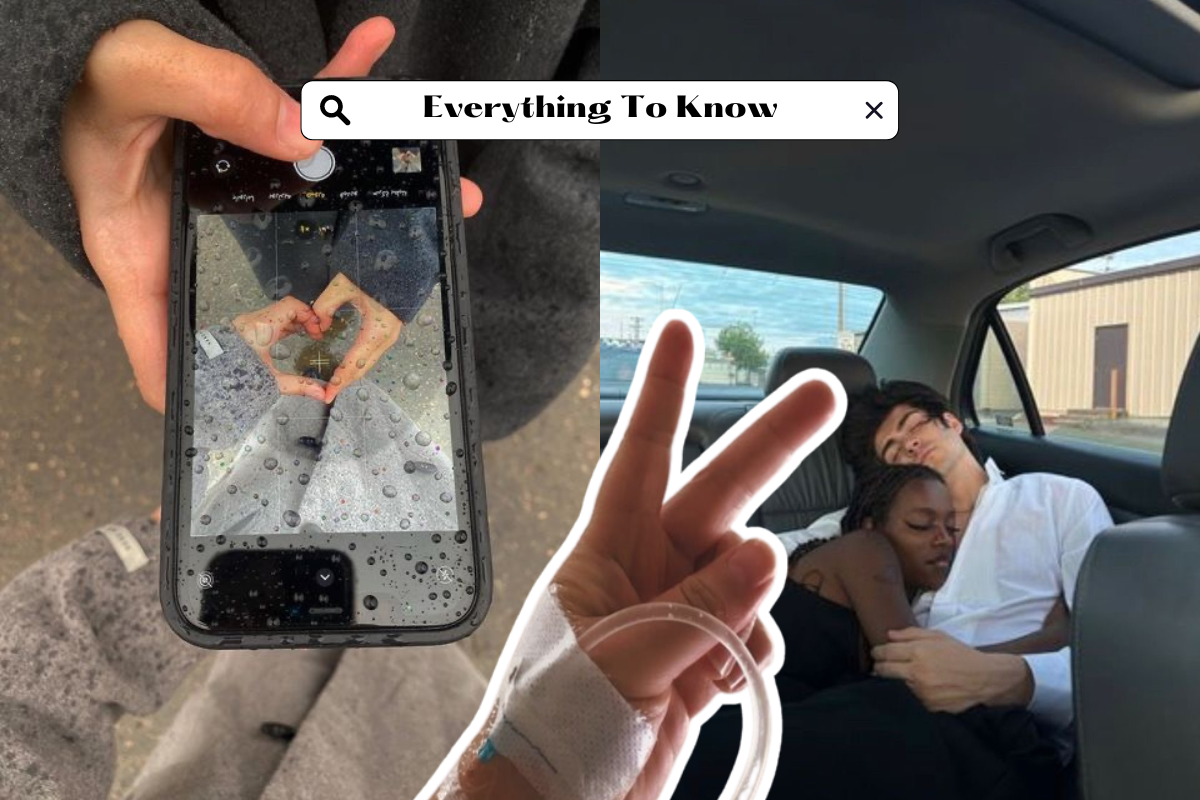When you’re in a committed relationship, friendships with people of the opposite sex can sometimes feel tricky to navigate. Setting clear boundaries for opposite gender friendships while in a relationship is not about cutting people off, but about making sure your partner feels secure and respected.
The same applies to boundaries for opposite gender friendships while in a relationship—because even the strongest marriages can be tested without healthy limits. These boundaries aren’t about control, but about protecting trust, emotional intimacy, and the connection you’ve built with your partner.
Boundaries for Opposite Gender Friendships While in a Relationship
Navigating friendships with the opposite sex can be tricky, but setting clear boundaries for opposite gender friendships while in a relationship helps protect trust and emotional intimacy. These boundaries aren’t about avoiding friends—they’re about creating a safe space for your partner and keeping platonic friendships healthy and respectful.
1. Be Transparent About Your Friendships
Hiding or downplaying friends of the opposite sex often leads to mistrust. A healthy boundary is being open about who your platonic friends are, how long you’ve known them, and the role they play in your life. For example, if your partner feels uncomfortable with late-night texts, reassure them by letting them know the nature of the friendship. Openness makes your partner feel comfortable and valued.
2. Prioritize Your Partner Over Friends of the Opposite Sex
When men and women are in committed relationships, friends should never come before their partner’s needs. A good friend will understand when you have to say no to plans because you’re prioritizing your relationship. Communicate this gently with both your partner and your gender friends, so no one feels sidelined but your commitment remains clear.
3. Avoid Emotional Intimacy That Belongs in Your Relationship
One of the biggest risks in opposite gender friendships is crossing into emotional intimacy that should be reserved for your partner. For example, don’t share deep struggles about your relationship with a gender friend—it opens the door to blurred lines. Instead, talk through issues with your partner first, so trust stays intact.
4. Set Clear Physical Boundaries
Physical closeness can easily be misinterpreted, which is why boundaries for opposite gender friendships should always be clear. This doesn’t mean you can’t hug a good friend, but being mindful of touch shows respect to your partner. For example, avoid cuddling or one-on-one situations that could give the impression of more than a platonic connection.
5. Be Mindful of One-on-One Time
Spending time with people of the opposite sex is not wrong, but being intentional about when and where it happens matters. Meeting a coworker for lunch may feel comfortable, but repeated late-night hangouts may not. Practicing mindfulness in your interactions—being aware of how your actions might be perceived—can help you maintain healthy boundaries. A practical way to handle this is by inviting your partner to join sometimes or keeping your hangouts in group settings.
6. Protect Your Marriage or Relationship From Outside Opinions
Well-meaning gender friends may offer advice, but they shouldn’t have the final say in your relationship. Maintaining clear boundaries for opposite gender friendships ensures your marriage or partnership stays the priority. For instance, if someone questions why you set certain boundaries, you can respectfully say, “This is what works for us.” That way, you reinforce that your relationship comes first.
7. Don’t Share What Belongs Only to Your Partner
Healthy boundaries mean knowing what to keep private. If you share your partner’s secrets or struggles with friends of the opposite sex, you risk betraying trust. For example, if you’re upset after an argument, resist venting to a gender friend and instead process it with your partner.
8. Limit Flirtatious Jokes and Banter
Even if it “feels comfortable” in the moment, playful flirting with people of the opposite sex can blur lines, which is why boundaries for opposite gender friendships are so important. What starts as harmless fun can easily create misunderstandings. A good rule is: if you wouldn’t say it in front of your partner, don’t say it at all.
9. Keep Digital Communication Respectful
Texting and DMs with platonic friends can cross into emotional intimacy if they’re constant or overly personal. Set boundaries like avoiding late-night messages or conversations that should stay between you and your partner. Let your partner know they can always look at your phone if they feel uncomfortable—this builds trust.
10. Communicate Intentions When Plans Come Up
If a friend of the opposite sex invites you out, let your partner know right away instead of hiding it. Setting clear boundaries for opposite gender friendships includes communicating plans openly. For example, say, “Sarah asked if I wanted to grab coffee after work—are you okay with that?” Small gestures like this show that you respect their feelings and want them to feel comfortable.
11. Be Honest If a Friendship Starts to Feel Too Close
Sometimes gender friendships shift, and emotional or physical closeness grows beyond what’s healthy. Setting clear boundaries for opposite gender friendships means admitting it to yourself—and to your partner—before it becomes an issue. Saying, “I don’t feel comfortable hanging out alone with them anymore” shows maturity and protects your relationship.
12. Respect Your Partner’s Concerns Without Dismissing Them
If your partner expresses that they feel uncomfortable with a certain friendship, don’t brush it off as jealousy. Instead, listen, validate, and work together on what feels comfortable for both of you. Protecting your marriage or relationship is more important than defending a gender friend.
13. Don’t Compare Your Partner to a Friend of the Opposite Sex
Comparisons can create insecurity and tension. Saying things like, “My friend listens better than you” or “She always understands me” chips away at your partner’s confidence. A healthy boundary is to appreciate your partner without holding them up against anyone else.
14. Avoid Being Alone in Intimate Settings
Spending time one-on-one doesn’t always equal danger, but certain settings can make things complicated, which is why boundaries for opposite gender friendships are essential. Late-night drives, traveling alone, or hanging out in private spaces can lead to misunderstandings—or temptations. Keep meetings public or group-based to avoid crossing into blurred lines.
15. Talk About Your Friendships Regularly
Healthy boundaries with the opposite sex are not a one-time conversation. Sit down with your partner every now and then to check in: “Do you feel comfortable with my friendships?” This ongoing dialogue prevents small issues from becoming big ones.
16. Watch Out for Emotional Substitutions
I learned this lesson personally when I found myself sharing work frustrations with male friends before talking to my partner. It felt easier at the time, but it created a distance in our relationship. Once I realized this, I made a conscious choice to go to my partner first. That shift rebuilt closeness and reminded me why emotional intimacy belongs in the relationship.
17. Avoid Talking Negatively About Your Partner With Gender Friends
It might feel like venting, but constantly unloading about your partner to a friend of the opposite sex can make you bond in unhealthy ways. Instead, seek solutions with your partner or talk to a neutral mentor. Protecting your marriage means guarding your partner’s dignity.
18. Be Clear About Labels and Intentions
There was a time when a friend of the opposite sex introduced me as “his bestie,” but my partner at the time didn’t feel comfortable with that label. This experience taught me why boundaries for opposite gender friendships are so important. After talking it through, I realized that what feels harmless to me might look different from the outside. Now, I make sure I introduce friends respectfully and clarify intentions so everyone feels secure.
19. Don’t Downplay Your Relationship Status
If you’re married or in a committed relationship, don’t let people of the opposite sex wonder where they stand. Clear boundaries for opposite gender friendships help set expectations and protect your relationship. For example, mentioning your partner naturally in conversation sets the tone: “My wife and I…” or “My boyfriend and I…” This protects your marriage and removes confusion.
20. Check Your Motives Honestly
I once noticed I was looking forward to a friend’s texts a little too much. It wasn’t romantic, but I realized I was using that friendship as an escape from stress in my relationship. That moment of honesty helped me refocus my energy on my partner instead of avoiding problems. Sometimes the healthiest boundary is checking your own heart.
21. Let Your Partner In On Your Friendships
The best way to feel safe in your relationships is to establish clear boundaries for opposite gender friendships and bring your partner into the circle. Invite them to group hangouts, encourage them to meet your friends, and share updates openly. When men and women choose inclusion over secrecy, everyone feels comfortable—and trust grows stronger.
Conclusion
Setting boundaries for opposite gender friendships while in a relationship or while married is not about controlling your partner or avoiding friends—it’s about protecting trust, emotional intimacy, and the connection you’ve built together.
Healthy boundaries with the opposite sex ensure that platonic friends remain just that, while your partner feels comfortable and secure. By being transparent, communicating openly, and prioritizing your relationship, you can enjoy gender friendships without compromising your commitment. Remember, protecting your marriage and fostering healthy boundaries isn’t restrictive—it’s an act of love, respect, and mutual care.






